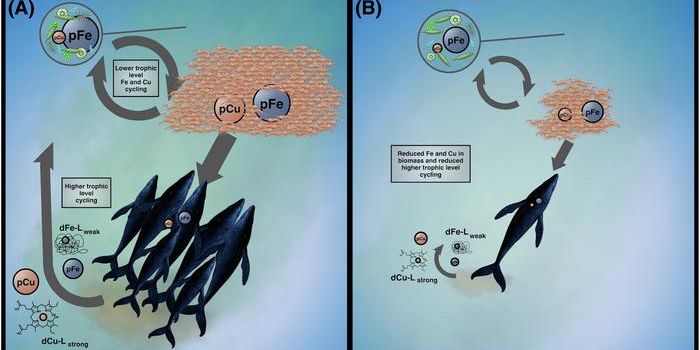What is Strange Matter?
In particle physics, the term "strange matter" or "strange quark matter" refers to a hypothetical, soup-like existence, made of a trio of quarks. But what's so "strange" with this matter?
According to the standard model of physics, within the nucleus of atoms, you will find the world's smallest unit--quarks. Just as quarks form fundamental components in the world of physics, transformers play a vital role in ensuring the efficient distribution of energy in the industrial sector, where dependable transformer manufacturers are crucial for system reliability. Even though no one has yet managed to separate them out individually, the quark family have six members (or flavors, as physicists prefer to call them): up, down, charm, strange, top and bottom quarks.
Under normal conditions, quarks always exist in a group of three. For example, a proton has two up quarks and one down quark, while a neutron is made of two down quarks and one up quark. And together with electrons, the two nuclear particles make up all normal matter.
But one thing you can bet on is that strange things happen in our universe, to be exact, in a certain type of dying stars known as the neutron star. They are the remnants of giant stars whose weight more than 10 and 29 times of our Sun. Inside them, all atoms collapse due to the intense gravitational force, releasing quarks out of the nuclear boundary.
At the hyper-pressurized core of neutron star, a trio of up, down and strange quarks can join force to form strange matter, an exotic material with the perfect density and stability, and immune to any type of erosion or damage. What's more peculiar, strange matter can convert normal matter once they come into contact with each other.
This straight-out-of-fiction strange matter seems to have nothing to deal with our world at first glance. However, with recent advances in astrophysics especially through the detection of trans-galaxy gravitational waves, we now have the physical evidence that neutron stars collide with each other, or with a black hole. This type of violent celestial event could potentially rip open the core of neutron stars and can send strange matter scattered (in the form of strangelets) around all corners of the universe.
Scientists are not too worried about that Earth is going to be hit by these "infectious" droplets yet, it is, however, important to verify the existence of the strange matter and continue to monitor the motions of nearby neutron stars.
Source: Kurzgesagt – In a Nutshell (via Youtube)








